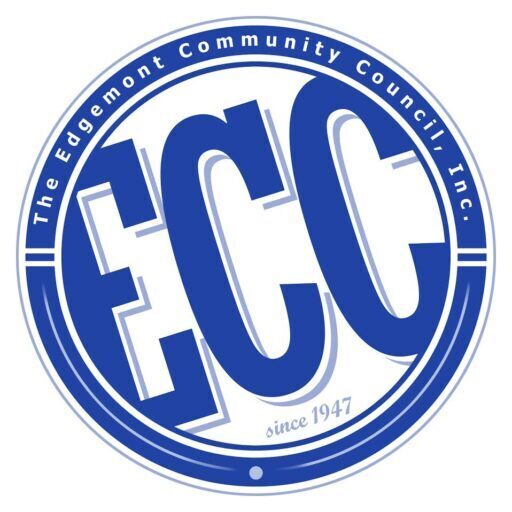Rather than issue a widely expected final decision Thursday night in favor of the Edgemont Community Council’s 7-month old appeal of the building inspector’s ruling last summer that no zoning variances were needed for the 80-bed assisted living facility proposed for the former Sprainbrook Nursery property at the corner of Underhill and Sprain Roads, the Zoning Board of Appeals instead decided unanimously this week to grant Shelbourne’s last minute request to reopen the public hearing on the matter which, as of January 25, 2016, had been “closed for decision only.”
The ZBA’s latest action came Thursday night after a nonbinding straw vote taken at the meeting in January, in which the ZBA unanimously agreed to direct the ZBA’s attorney, Ed Lieberman, to draft an opinion in favor of the ECC’s appeal and reversing the building inspector’s ruling.
But Shelbourne, whose attorney in last week’s Scarsdale Inquirer threatened a lawsuit against the Town if the ZBA were to side with the ECC, submitted an application earlier this week to have the hearing “reopened” for the purpose of submitting a “letter” that Shelbourne’s lawyer said he had recently received from the New York State Department of Transportation.
However, during Thursday’s meeting, Shelbourne’s counsel formally requested that the hearing be reopened for not just one letter from the state DOT, he said, but two. He said one of the letters was dated February 1, 2016 and the other was actually dated Friday, February 26, 2016, which caused a number of people on the dais and in the audience to snicker because the meeting itself was held the day before, on February 25.
Shelbourne’s lawyer nevertheless argued that the contents of those two letters were sufficiently important that the ZBA should still reopen the hearing – and thereby postpone voting on any final decision – until the hearing were reopened and the “new evidence” were introduced. His argument won the day.
Bob Bernstein, president of the ECC and the lawyer handling the appeal on behalf of the ECC and the Council of Greenburgh Civic Associations, objected to any reopening of the hearing on the ground that Shelbourne’s lawyer had not demonstrated sufficient cause to do so.
Mr. Bernstein also questioned the propriety of reopening a public hearing that had been closed January 25 by agreement of the parties – with documents that counsel admitted were not created until well after the public hearing had been closed.
“This isn’t a situation where Shelbourne had long ago asked DOT to produce certain historical documents, which they didn’t get from DOT until after the hearing had been closed,” Mr. Bernstein said. “This is instead a situation where, following the straw vote that went against them, Shelbourne may think it could still prevail if it could get something new from the DOT,” he added.
By voting to allow the hearing to be reopened, the hearing will resume on March 17, 2016. As a result, instead of issuing its final decision on February 25, as had been promised, the earliest the ZBA can now render its decision is now April 21, 2016 — the day after the ECC’s annual meeting.
Mr. Bernstein said that while he disagreed with the ZBA’s decision to reopen the hearing, the ZBA was well within its rights to do so, and given the well publicized threat by Shelbourne’s counsel in last week’s Scarsdale Inquirer to sue the ZBA if it ruled against the building inspector, as well as Greenburgh’s terrible record in the courts on prior land use matters, he could understand why, out of an abundance of caution, the ZBA would go out of its way to make sure Shelbourne was not deprived of any opportunity to add to the public record, even if that record had already been closed.
Mr. Bernstein also said that while he has not yet seen the two letters that Shelbourne very much wanted the ZBA to have, he continued to be “cautiously optimistic” that no matter what the new letters may say, the ZBA would still ultimately have to rule in the ECC’s favor on the issue “because the law and the facts are both solidly on our side”
“The issue in this case is whether the proposed Edgemont site for the assisted living facility, which is nearly a mile away from the nearest state or county “right of way” – which is Central Avenue – meets the requirement that such “right of way” be located within 200 feet of the site, which it clearly doesn’t.” Mr. Bernstein said.
“A right of way can either be the right of one property owner to access the property of another or, in the case of property acquired by the government for railroads or highways, it can refer to the roadbed itself.
“Here, however, Shelbourne has produced no evidence that the parcel of state-owned property on the Sprainbrook site meets either definition,:” he added. “I therefore cannot imagine how or why Shelbourne thinks these newly generated letters will help its case, but under the circumstances, having been threatened with a lawsuit, I can understand the ZBA wanting to proceed very cautiously.”
